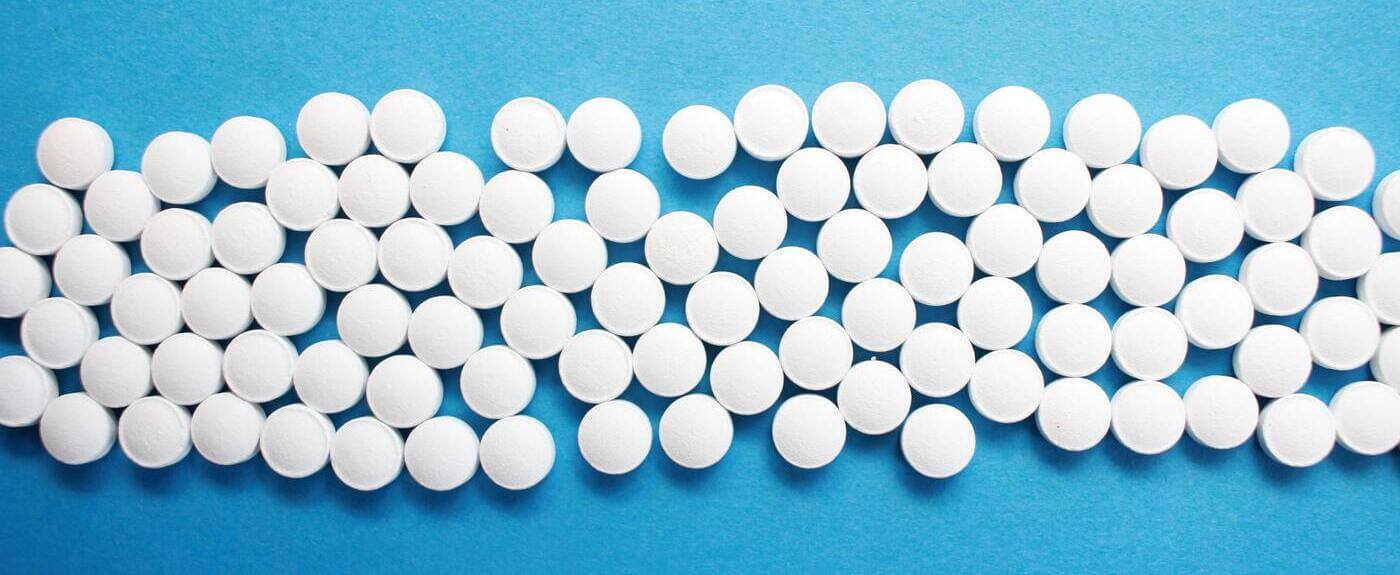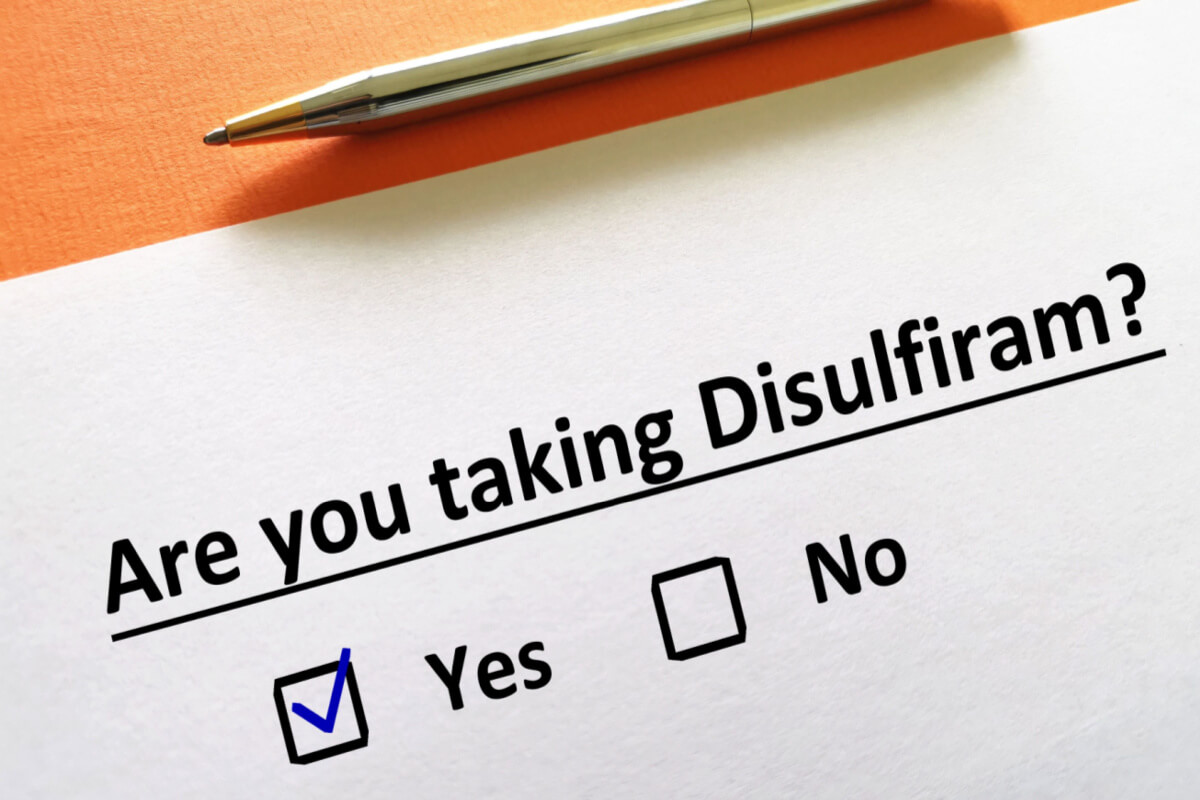
Clonidine is a medication that is commonly used to reduce high blood pressure and sometimes used to treat opioid use disorder (OUD), among other uses.
In 2020, American doctors wrote about 9 million prescriptions for clonidine.[1] In addition to managing blood pressure, clonidine is approved to treat Tourette’s syndrome tics, symptoms of ADHD in children and cancer-related pain.
Many people use clonidine off-label to help them with opioid withdrawal symptoms. It may also be used off-label to treat alcohol withdrawal symptoms, restless leg syndrome and smoking cessation.[2]
What Is Clonidine?
Clonidine is a prescription medication that belongs to the antihypertensive medication class. These drugs relax blood vessels, allowing the blood to move freely through the body and lowering blood pressure.
Clonidine is sold as a tablet, patch, or injection. Multiple brand formulations of the drug exist, along with many generic versions.
What Is Clonidine Used For?
Clonidine was developed more than 40 years ago, and it’s been reviewed by the U.S. Food and Drug Administration (FDA) multiple times.
FDA-Approved Therapy
Clonidine is FDA approved as a therapy for the following conditions:[2]
- High blood pressure
- Attention deficit hyperactivity disorder (in children)
- Tourette syndrome-related tics
- Cancer-related pain
- Opioid withdrawal syndrome in babies
Off-Label Uses
Doctors also use clonidine on an off-label basis to manage withdrawal from multiple drugs, including these:[2]
- Opioids
- Benzodiazepines
- Alcohol
Doctors may also use clonidine to address anxiety, insomnia and hyperarousal seen with disorders like post-traumatic stress disorder (PTSD). Interestingly, these are some of the same symptoms some people have when quitting opioids, alcohol and benzodiazepines. Although this is an off-label use of clonidine, many people benefit from taking this medication to ease withdrawal as they begin or transition off Suboxone or methadone after long-term use.
How Does Clonidine Work?
Clonidine is categorized as an antihypertensive medication. It works in the brain to alter nerve impulses, and these changes cause blood vessels to relax. Once the blood vessels relax like this, blood can flow more easily, and this reduces blood pressure.[2]
Clonidine may also reduce pain signals from the spinal cord to the brain’s higher centers by releasing norepinephrine. Since this hormone plays a vital role in the regulation of arousal and stress reactions, it can result in an overall feeling of relaxation and decreased pain.[7]
Many uncomfortable and painful symptoms experienced during opioid withdrawal result from an overactive nervous system. Clonidine helps to reduce this hyperactivity, minimizing withdrawal symptoms. As a result, people experience fewer symptoms, including hot flashes, sweating, muscle aches, runny nose, anxiety and irritability.
Clonidine for MAT
Clonidine is typically prescribed to ease acute withdrawal symptoms.[2] While it might help you stop taking drugs, it isn’t approved as a long term treatment for managing opioid use disorder. Medication for Addiction Treatment (MAT) refers to drugs like Suboxone, which can help you get sober and stay that way.
Your doctor might use clonidine to do the following:
- Help you start MAT: When you begin taking medication for opioid use disorder, your body must have processed and eliminated most of your last dose of drugs. That can be hard for some people to accomplish.
Typically, withdrawal symptoms begin within a few hours of the last dose, and you can be uncomfortable for days. During this time, you may receive clonidine to ease withdrawal symptoms. - Help you switch medications: Clonidine may also be prescribed as a bridge between tapering off Suboxone or methadone and initiating naltrexone.
Since naltrexone is a long-lasting opioid antagonist, the first injection of this medication cannot be given until the individual has fully tapered off buprenorphine or methadone for 7 to 14 days. Otherwise, naltrexone will trigger withdrawal symptoms. However, some withdrawal symptoms may linger after tapering, and clonidine can ease these. - Address uncomfortable side effects: If your Suboxone dose is too strong, your body could develop side effects. Clonidine could help.
Since clonidine doesn’t bind to the brain’s opioid receptors, it is not primarily used to ease cravings and help maintain sobriety. It’s not considered a long-term MAT therapy, but it could be part of your overall treatment plan.
Warnings to Consider Before Taking Clonidine
Clonidine is a safe and effective medication, and since it requires a prescription, your doctor manages your dose carefully. But there are issues you should discuss with your team before you start using this therapy.
You should talk with your team about the following:[2]
- Kidney disease
- Heart disease
- Blood pressure abnormalities
- Coronary artery disease
- Pregnancy
Talk with your doctor if you are concerned or have any underlying conditions that might contribute to medication reactions, such as these:
- Depression and agitation
- Hypersensitivity
- Angioedema, which involves small blood vessels leaking fluid into surrounding tissues and causing swelling
- Bradycardia, or a slower than normal heart rate
- Severe hypotension, which can prevent blood from flowing normally and lead to fainting (syncope)
- Congestive heart failure
- Thrombocytopenia, or low platelet count in the blood, which can affect clotting and cause excessive bleeding
Allergic reactions to clonidine are rare, but they can cause serious problems. If you develop hives, a rash, trouble breathing or swallowing, serious itching, or swelling in the face, mouth, or throat, call 911 immediately.
Possibility of Dependence
People who take Clonidine on a long-term basis at high doses might develop physical dependence, which can lead to withdrawal symptoms if they suddenly stop taking it.[4]
Do not attempt to stop taking clonidine suddenly on your own if you’ve been taking it for a while. Consult your doctor before lessening or stopping use.
Stopping use can result in rebound symptoms, such as high blood pressure, and intense withdrawal symptoms. This could result in a dangerous situation, so medical supervision is required.
Side Effects of Clonidine
Although clonidine is a beneficial medication, it can cause some side effects.[3] Common side effects include the following:
- Abdominal pain, nausea, constipation and diarrhea
- Headaches
- Hypotension, or low blood pressure
- Dizziness
- Fatigue and sedation
- Emotional instability
- Xerostomia, or dry mouth
- Sexual dysfunction or decreased sexual activity and arousal
Short-term use of clonidine should not lead to too many side effects or adverse reactions. Risks compound with long-term use.
If you suddenly stop taking the drug, you may experience withdrawal. The main symptom is rebound high blood pressure. For people taking clonidine off label, this can feel like a pounding heart, fatigue, insomnia or anxiety.
These are other withdrawal symptoms:[8]
- Tachycardia, or rapid heart rate
- Headache
- Nausea
- Flushing or warm feeling in the face or skin
- Tightness in the chest
- Tremors
- Lightheadedness
- Restlessness
- Insomnia
- Vomiting
- Heart palpitations
How Do You Get Clonidine?
Clonidine is only available with a prescription, even if you are given it for off-label use. Health insurance, including Medicare, will cover clonidine prescriptions, but off-label use can be difficult to navigate.[5]
Fortunately, since clonidine is a generic drug, it does not cost much without insurance.[6] Oral tablets cost, on average, $10.31 for eight tablets at 0.1 mg and $14.22 for 30 pills at 0.3 mg in the United States. The extended-release transdermal film at 0.1 mg (which lasts for 24 hours) can cost $62.55 for four films, but this is four days of doses, which can be enough to ease acute withdrawal from opioids.
There are also patient rebate programs and coupons available that can help you save money on clonidine. Ask your physician or pharmacy about these options.
Learn More
Bicycle Health is dedicated to helping people get off and stay off opioids. To learn more about the success rates and safety of Bicycle Health’s telemedicine addiction treatment compared to other common treatment options, call us at (844) 943-2514 or schedule an appointment here.

Reviewed By Peter Manza, PhD
Peter Manza, PhD received his BA in Psychology and Biology from the University of Rochester and his PhD in Integrative Neuroscience at Stony Brook University. He is currently working as a research scientist in Washington, DC. His research focuses on the role ... Read More
- Clonidine. ClinCalc. https://clincalc.com/DrugStats/Drugs/Clonidine. Accessed February 2023.
- Clonidine. StatPearls. https://www.ncbi.nlm.nih.gov/books/NBK459124/. July 2022. Accessed February 2023.
- Clonidine. National Library of Medicine. https://medlineplus.gov/druginfo/meds/a682243.html. February 2022. Accessed February 2023.
- Highlights of Prescribing Information: Kapvay. Access Data FDA. https://www.accessdata.fda.gov/drugsatfda_docs/label/2014/022331s014lbl.pdf. Accessed February 2023.
- Does Medicare Cover Clonidine or Catapres? Medicare Advantage. https://www.medicareadvantage.com/rx-coverage/clonidine. Accessed February 2023.
- Clonidine Prices, Coupons and Patient Assistance Programs. Drugs.com. https://www.drugs.com/price-guide/clonidine. Accessed February 2023.
- Clonidine for Management of Chronic Pain: A Brief Review of the Current Evidences. Saudi Journal of Anesthesia. https://www.ncbi.nlm.nih.gov/pmc/articles/PMC3950462/. January-March 2014. Accessed February 2024.
- Hypertensive Crisis in a Pediatric Patient Experiencing Clonidine Withdrawal. Case Reports in Pediatrics. https://www.ncbi.nlm.nih.gov/pmc/articles/PMC8964232/. March 2022. Accessed February 2024.
Download Our Free Program Guide
Learn about our program, its effectiveness and what to expect
Related articles
Imagine what’s possible on the other side of opioid use disorder.
Our science-backed approach boasts 95% of patients reporting no withdrawal symptoms at 7 days. We can help you achieve easier days and a happier future.








